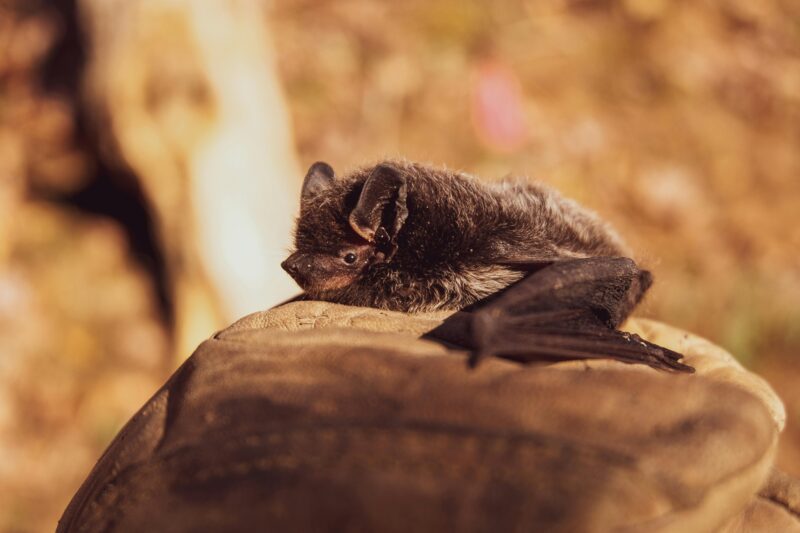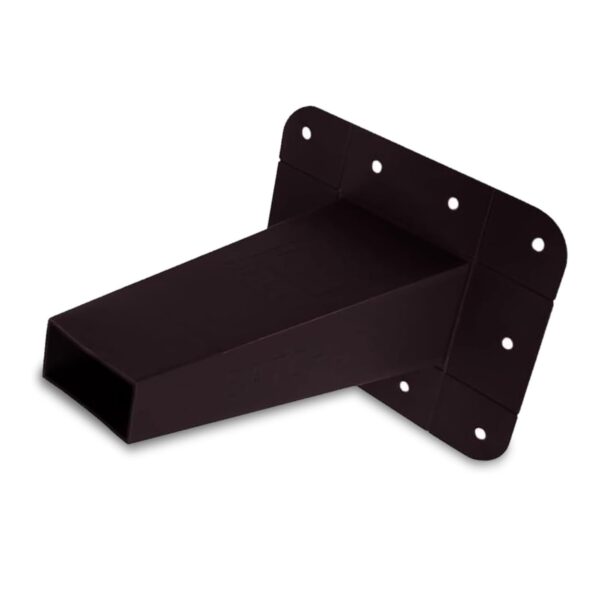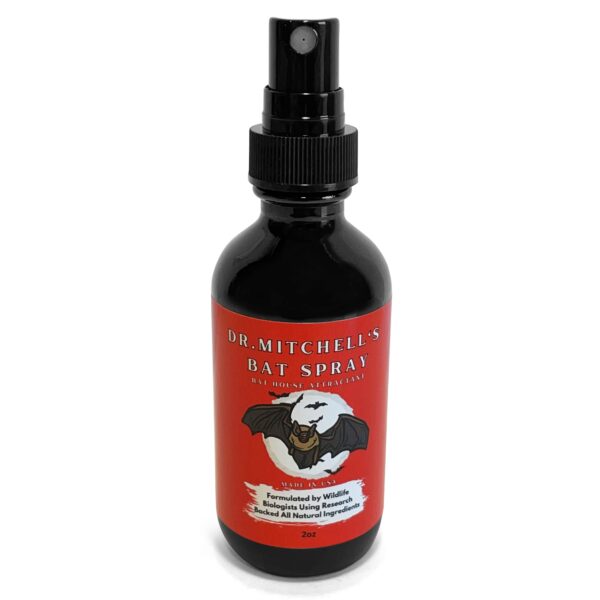
So, you’ve discovered an uninvited houseguest—or more like a whole winged colony—tucked away in your attic or chimney. While bats might be world-class mosquito hunters and charming nighttime pollinators, they belong outside, not swooping around your living room. Let's explore how to safely and humanely evict bats from your home while keeping their ecological benefits in mind.
Before you begin crafting your bat eviction plan, identify if bats are truly the culprit. Common signs include:
Bats can slip in through openings as slim as a dime, so be thorough in your investigation.

If you’re ready to act, timing matters. Removing bats during their maternity season—typically May through August—can leave baby bats trapped inside, which is not only inhumane but often illegal. The best time for bat removal is the cooler months: September through April. This ensures safe exclusion while minimizing harm.
Exclusion is the most effective and humane way to remove bats from your home. Here’s a simple step-by-step guide:
Pro Tip: Avoid sealing any entry during exclusion—it could lock bats inside, leading to chaos (and potential damage).
| Removal Step | Why It Matters |
|---|---|
| Install One-Way Exclusion Devices | Ensures bats can leave safely but prevents re-entry. |
| Seal Entry Points | Prevents future infestations. |
| Schedule Removal in Fall/Winter | Avoids harming young bats during maternity season. |
If you’d like to encourage bats to relocate naturally, consider these gentle methods:
While these approaches may not solve a larger infestation, they complement prevention efforts once bats are gone.
Before you call bats "pests," consider their pivotal role in our ecosystem. A single bat can eat thousands of insects in one night, helping control mosquito populations and benefiting gardens. Many species also pollinate plants or disperse seeds. If a bat colony nearby doesn’t bother you, consider installing a bat house outdoors to divert them from your home while still keeping them in your yard.
Once bats are evicted, deal with any lingering mess (like guano) with caution:
Finally, protect your home from future intrusions:
Considering the exterior environment is also crucial to maintaining a pest-free home. For strategies beyond bat removal, explore designing pest-free outdoor spaces.
If the thought of bat removal is overwhelming or the infestation is extensive, don’t hesitate to contact wildlife professionals. Experts handle the job efficiently, safely, and legally while minimizing damage and stress for you and the bats.
Have you dealt with bats in your home before? What worked for you, and what didn’t? Share your experience (or questions!) in the comments below—let’s swap tips and keep our homes bat-free the humane way!

Ensure optimal airflow in your bat house with this durable ventilation cover. Crafted from weather-resistant material, it allows for essential air circulation while keeping rain and debris out. Designed for easy installation, it fits seamlessly into most bat house structures. Enhance your bat habitat and promote a healthy environment with this essential accessory, ideal for both novice and seasoned wildlife enthusiasts.

Enhance your backyard ecosystem with the Outer Trails Cedar Wood Bat House. Crafted from durable, weather-resistant cedar, this bat house provides a safe and cozy home for bats, helping control insects naturally. Engineered with multiple chambers, it supports bat colonies while preserving natural habitats. Perfect for nature enthusiasts, this bat house blends seamlessly into any outdoor setting, encouraging biodiversity and offering educational opportunities for all ages.

Attract more bats to your yard with Dr. Mitchell's Bat House Attractant Spray. Specially formulated by wildlife biologists, this spray uses all-natural ingredients to create a welcoming environment for bats. Perfect for supporting local ecosystems, bats help control insect populations naturally. Easy to use and eco-friendly, just apply to your bat house and watch nature thrive!
Wrapping up our bat-removal journey, remember that coexisting with nature doesn't mean compromising on your home's peace and comfort. If you're eager to dive deeper into home improvement or pest solutions, why not swing by our Pinterest board? It's packed with creative ideas you'll love. For a peek behind the scenes of our daily adventures and to see what we're up to, check out our Instagram. As always, we cherish the conversations and banter with our followers, so don't hesitate to join us on X (formerly Twitter) to share your experiences or insights. And if you fancy keeping in touch with all things architecture adrenaline, our Facebook page is the perfect place for community updates and inspiration. Thanks for hanging out with us today, and we look forward to connecting with you across our channels!
To encourage bats to exit your home, utilize their aversion to light. Open as many windows and doors as possible. Keep all lights off except in the area where the bat is located. As the bat moves out of a lit room, close off that room. Continue this process until the bat has been directed to an exit point, and it should find its way outside on its own.
Bats are particularly averse to certain scents, such as eucalyptus, as well as bright lights and disruptive loud noises. Although mothballs produce a scent they dislike due to naphthalene, using them as a deterrent is impractical. This is because they require a large quantity to be effective and they decompose quickly.
Bright lights are effective at deterring bats, and you can supplement this by using scents that bats dislike, such as eucalyptus, lavender, cinnamon, and used white phenol. While mothballs also produce a scent that repels bats, they are not practical for long-term use.
Removing bats from your home can be difficult, particularly with larger colonies, as they are unlikely to leave on their own. Identifying their entry points is essential, after which you should use humane methods to evict them. Avoid using harmful substances like mothballs, as these can be lethal to bats.

Immerse yourself in architecture’s most boundary-pushing ideas—where innovative home improvements meet visionary urban developments. Discover new building techniques, materials, and creative concepts that are redefining how we shape our spaces on a global scale.